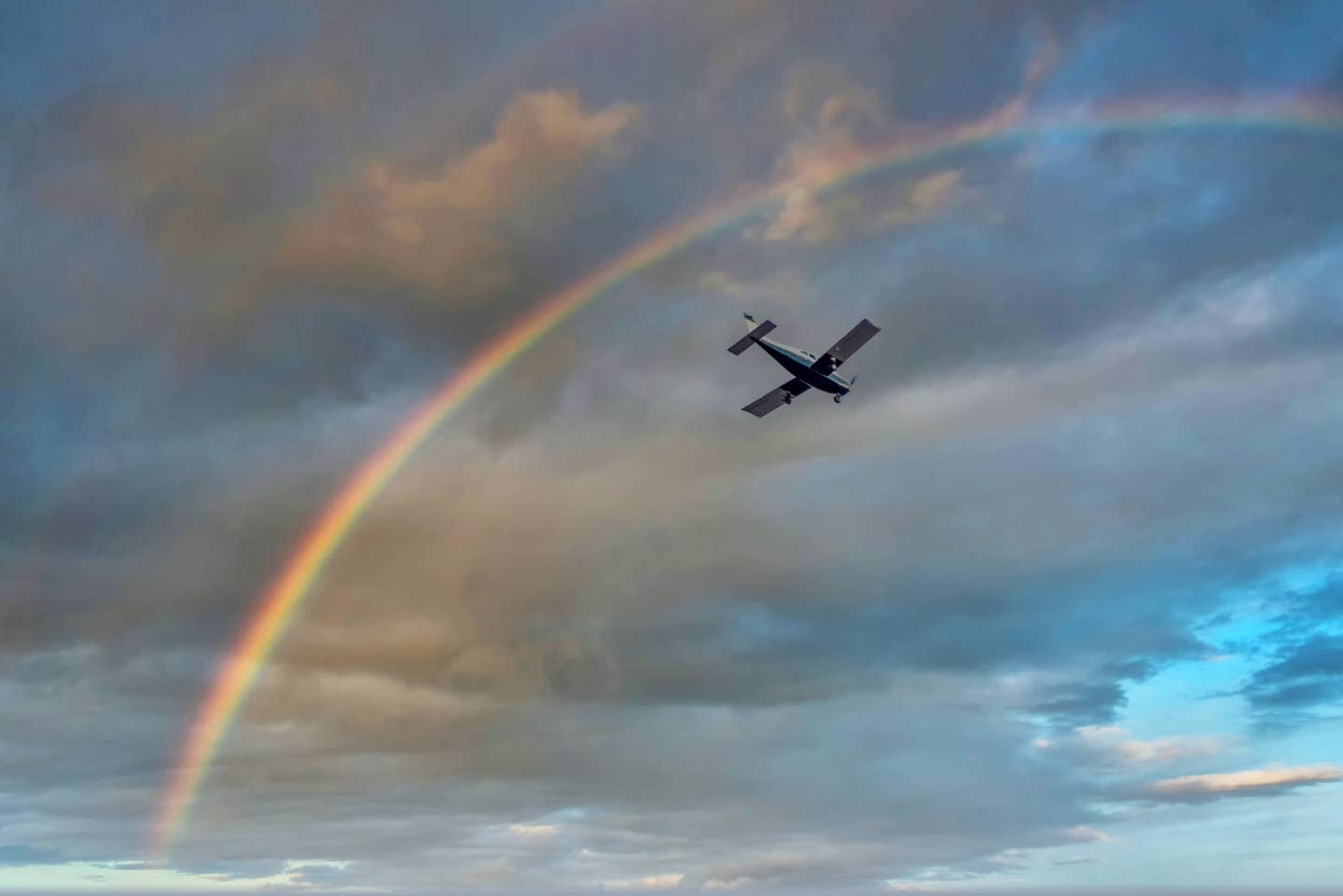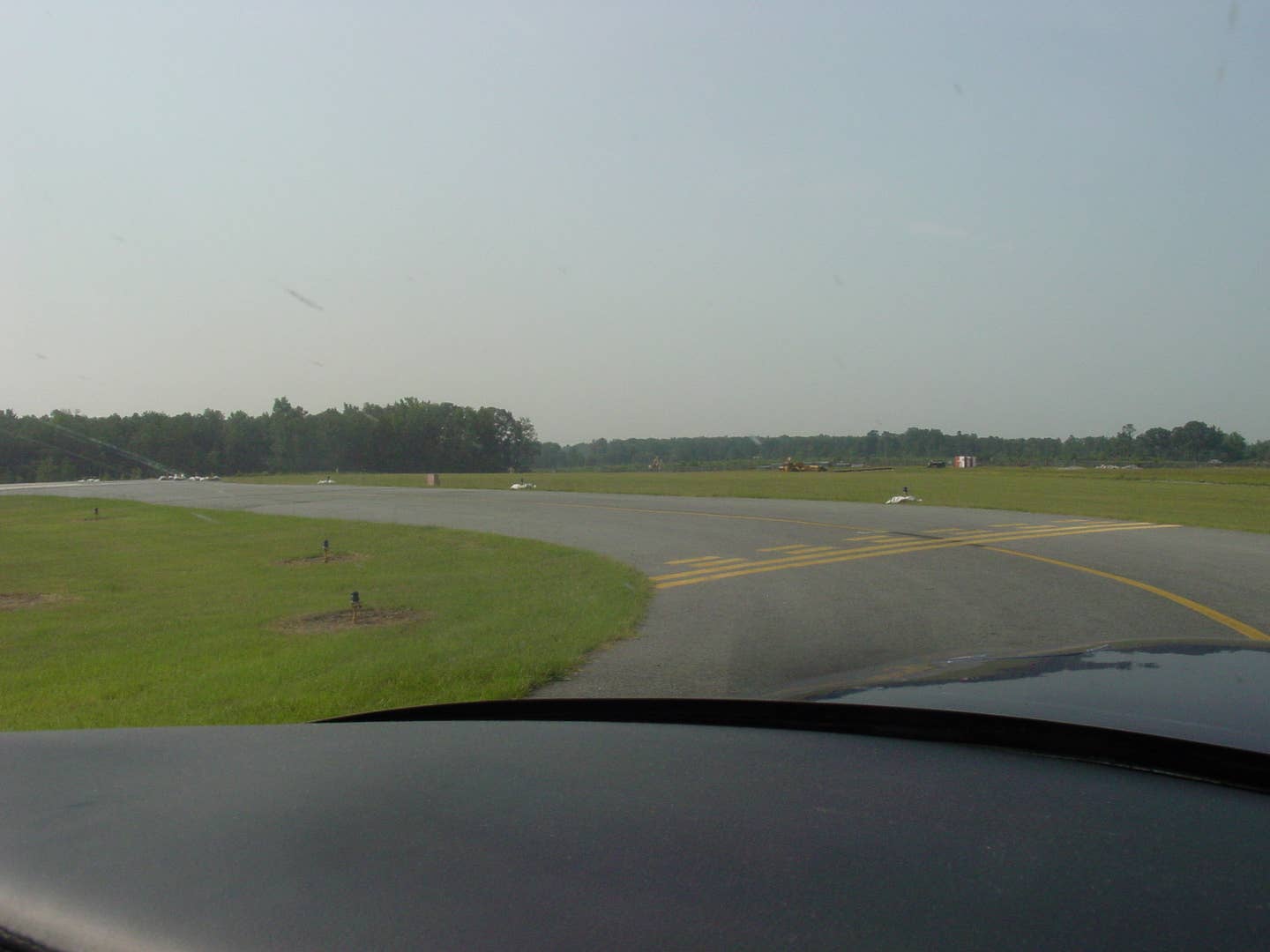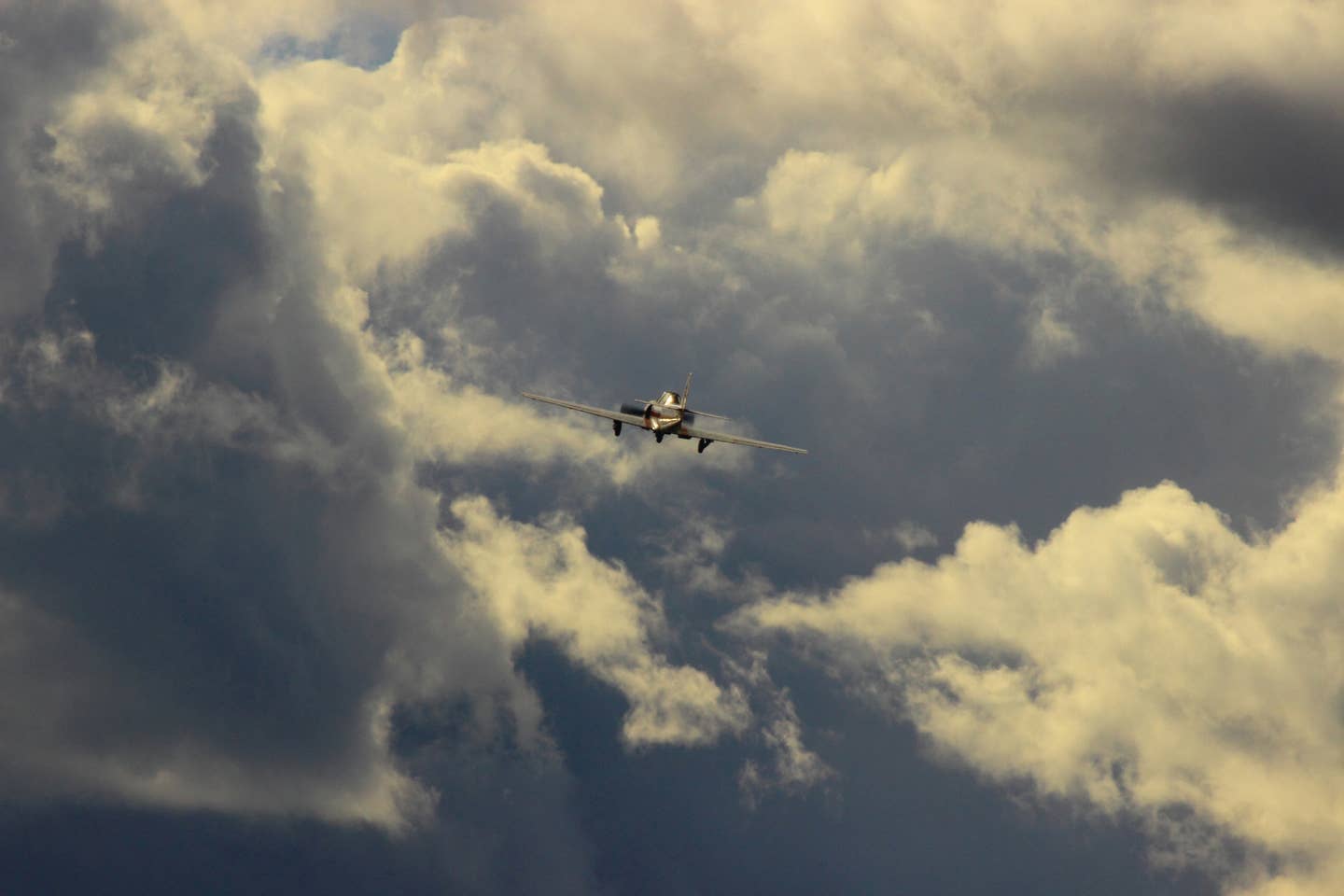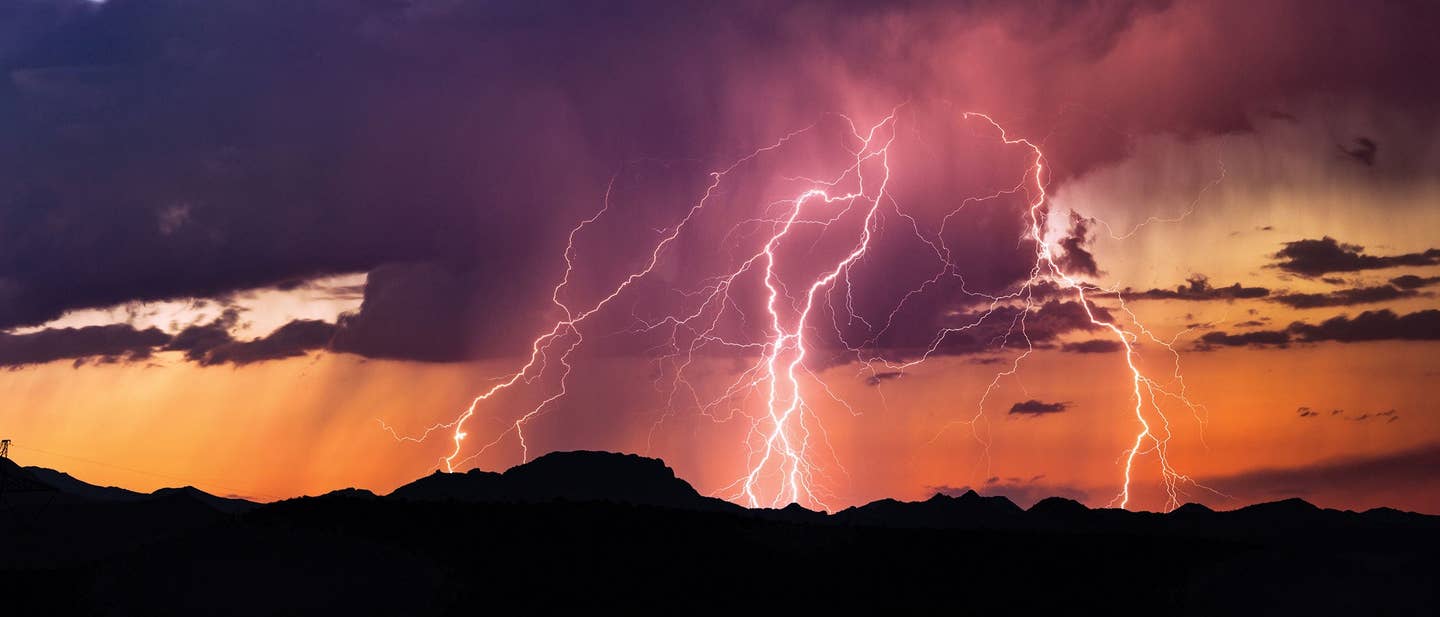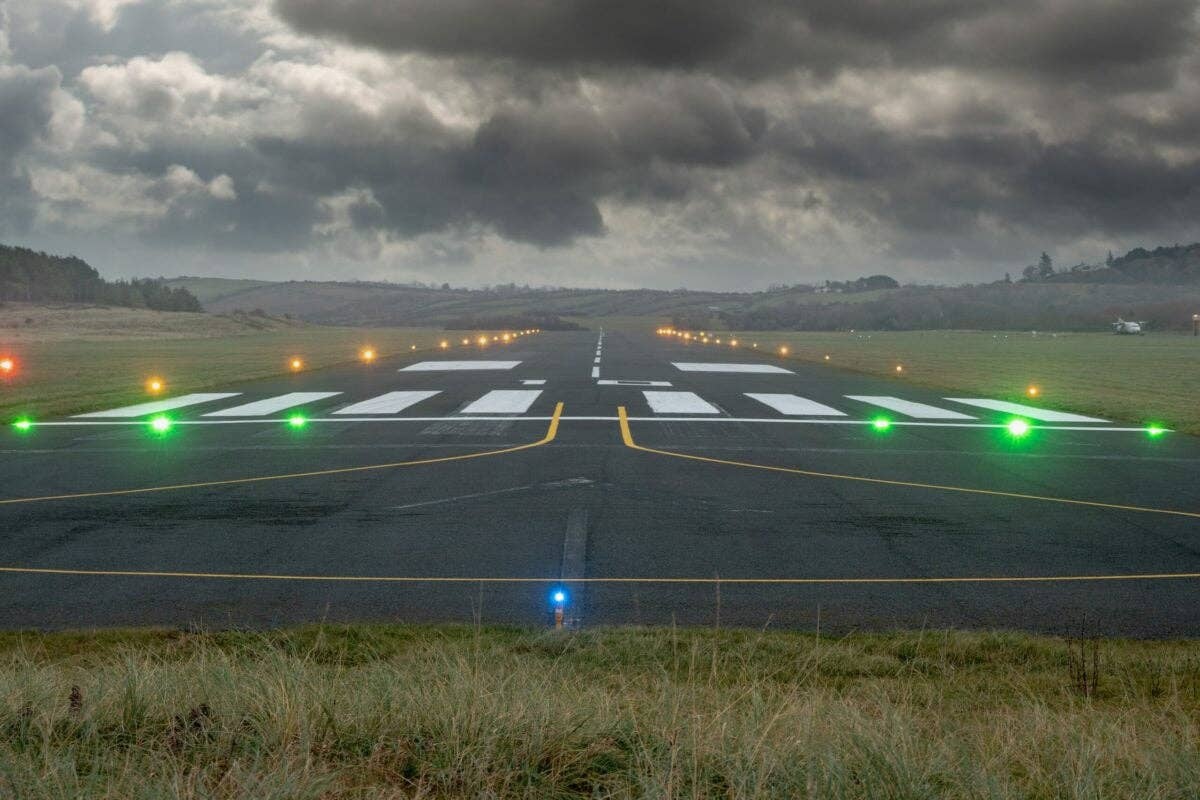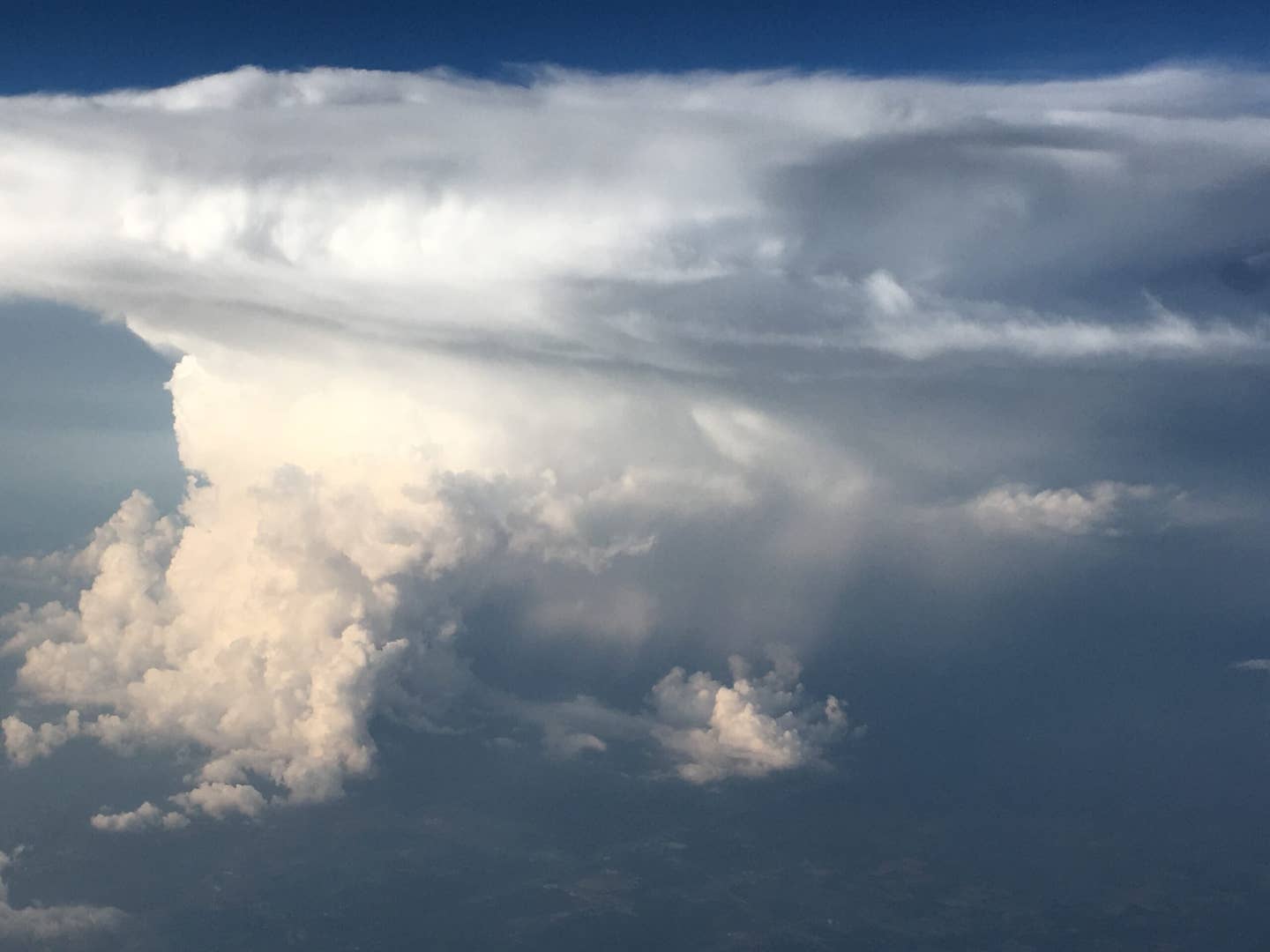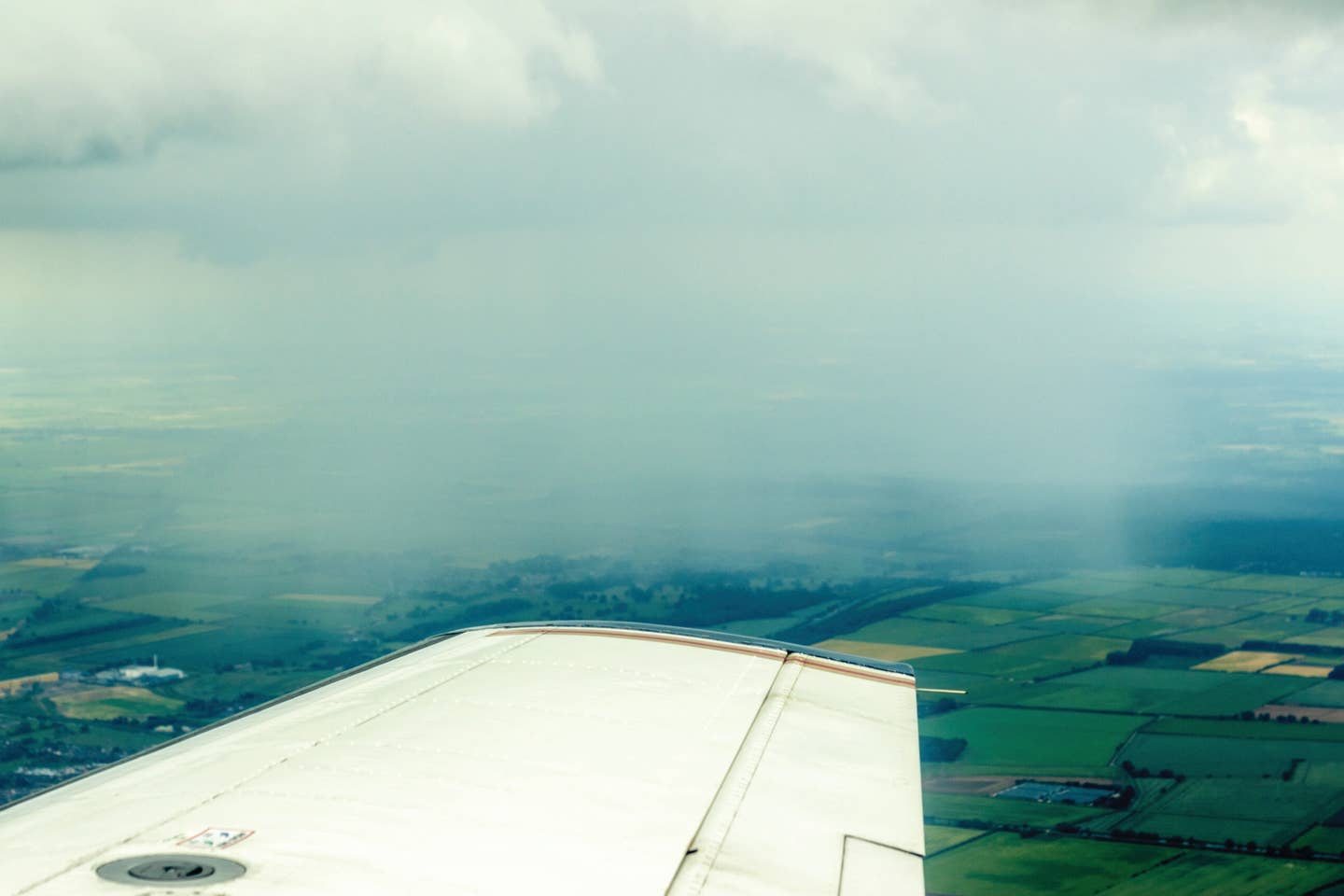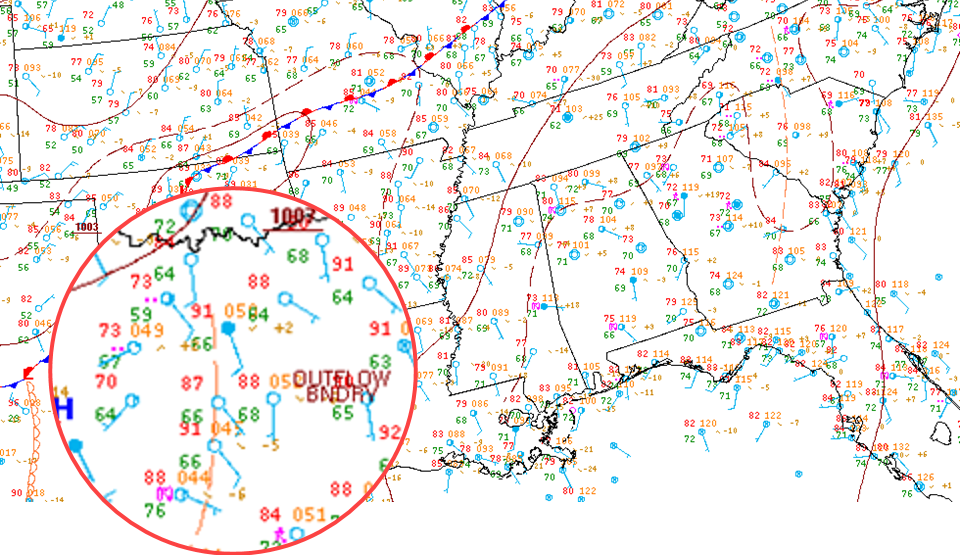Scott Dennstaedt
Author

Scott resides in Charlotte, North Carolina, and flies regularly throughout the Mid-Atlantic and Southeast U.S. He is a CFI and former NWS meteorologist. Scott is the author of “The Skew-T log (p) and Me: A Primer for Pilots” and the founder of EZWxBrief.
Recent Stories from Scott Dennstaedt

Sign-up for newsletters & special offers!
Get the latest FLYING stories & special offers delivered directly to your inbox


